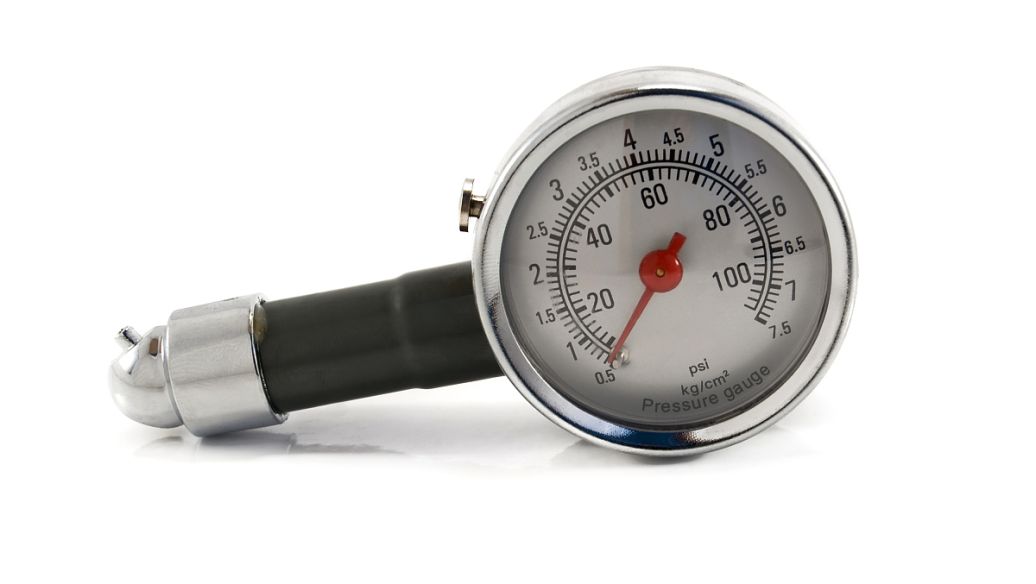At present, there are several commonly used pressure gauges under on-site working conditions: ordinary pressure gauge; stainless steel pressure gauge; shockproof pressure gauge; membrane pressure gauge; membrane shockproof pressure gauge; electric contact pressure gauge; shockproof electric contact pressure gauge; Diaphragm pressure gauge; diaphragm pressure gauge; resistance remote transmission pressure gauge; differential pressure gauge; precision digital pressure gauge, etc.
Pressure gauges are widely used in the production of chemicals, petroleum, metallurgy, mining, and electric power. They are the most commonly used measuring instruments for displaying and controlling pressure. They are like human eyes and play a huge role in the production process of enterprises.

When selecting pressure gauges, we often fall into such a misunderstanding. Selection of pressure gauge: The ordinary pressure gauge is selected regardless of the medium. The spring tube of the ordinary pressure gauge is made of copper. If it is used in corrosive media, the service life of the pressure gauge will be greatly reduced. A chemical company sent 15 pressure gauges at a time. After inspection, repair and verification, only 3 were qualified. The rest of the pressure gauges were scrapped due to corrosion or damage to the spring tube. After the stainless steel pressure gauge was selected, the pressure gauge did not appear to be scrapped due to corrosion.
Choose a large-range pressure gauge where the pressure changes frequently. In some compressors or pumps where the outlet pressure changes frequently, choose a large-range pressure gauge to prevent damage to the pressure gauge. In fact, this method does not help. The transmission principle of the pressure gauge is that the deformation of the spring tube passes through the meshing of the sector gear and the cylindrical gear, and the pointer rotates through the oil wire. If the pointer of the pressure gauge rotates frequently at a certain angle, the gear at this angle will wear out and cause damage to the movement. The damaged position of the pressure gauge of a certain liquefied petroleum gas company is always gear wear. After replacing it with a shock-resistant pressure gauge, the effect is obvious.
In addition, the selection of the pressure gauge range is to ensure that the elastic element can work reliably within the safety range of elastic deformation. Leave enough room. When measuring stable pressure, the maximum working pressure cannot exceed 2/3 of the range; when measuring pulsating pressure, the maximum working pressure cannot exceed 1/2 of the range; when measuring high pressure, the maximum working pressure cannot exceed 3/5 of the range. In order to ensure the measurement accuracy, the lowest working pressure to be measured cannot be lower than 1/3 of the range, which is the range within the red line on the dial.
Previous:Already the first article
Next:Pressure gauge selection and installation work standards







